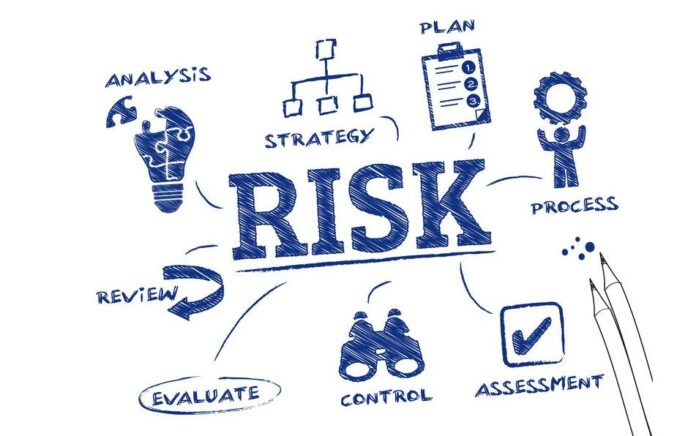A risk assessment is simply a careful examination of what, in your work, could cause harm to people, so that you can weigh up whether you have taken enough precautions or should do more to prevent harm.
Risk assessment is defined for the purposes of the Codex Alimentarius Commission as
“A scientifically based process consisting of the following steps:
(i) hazard identification,
(ii) hazard characterization,
(iii) exposure assessment, and
(iv) risk characterization.”
Hazard identification is “The identification of biological, chemical, and physical agents capable of causing adverse health effects and which may be present in a particular food or group of foods.”
Hazard characterization is “The qualitative and/or quantitative evaluation of the nature of the adverse health effects associated with biological, chemical and physical agents which may be present in food. For chemical agents, a dose-response assessment should be performed. For biological or physical agents, a dose-response assessment should be performed if the data are obtainable.”
Exposure assessment is “The qualitative and/or quantitative evaluation of the likely intake of biological, chemical, and physical agents via food as well as exposures from other sources if relevant.”
Risk characterization is “The qualitative and/or quantitative estimation, including attendant uncertainties, of the probability of occurrence and severity of known or potential adverse health effects in a given population based on hazard identification, hazard characterization and exposure assessment.” Hazard identification, hazard characterization, exposure assessment will help to know the adverse health effect.




